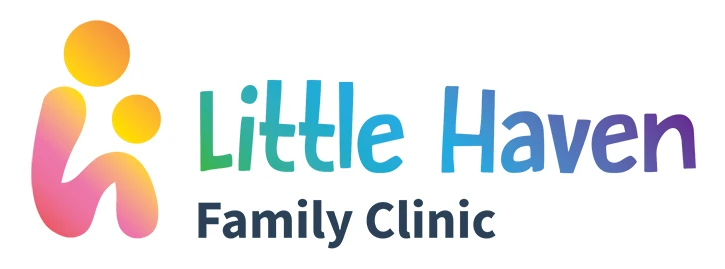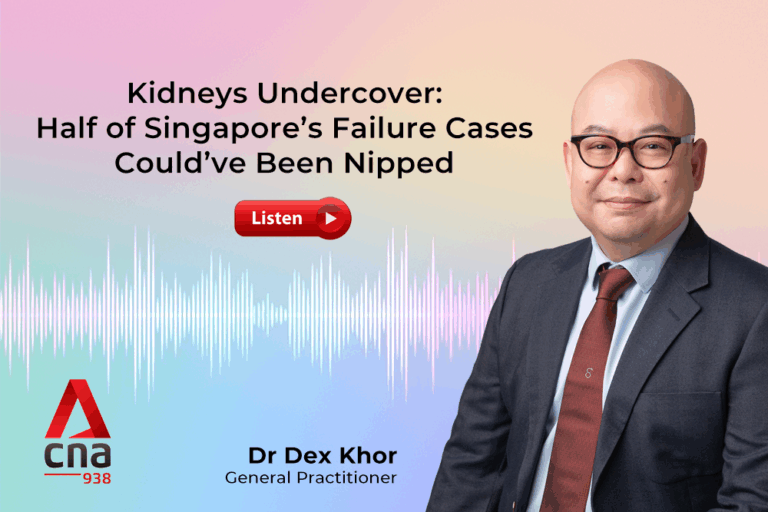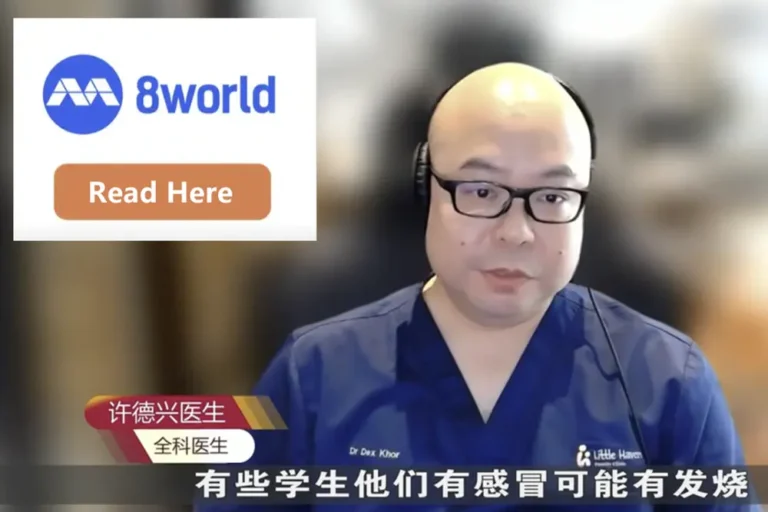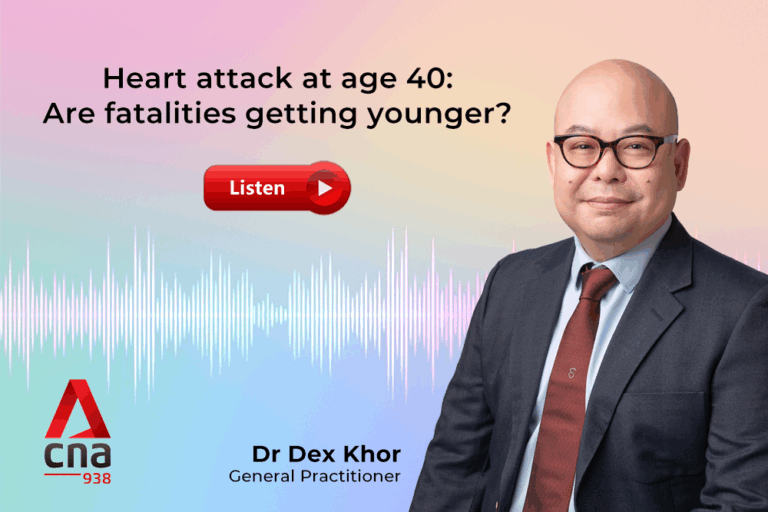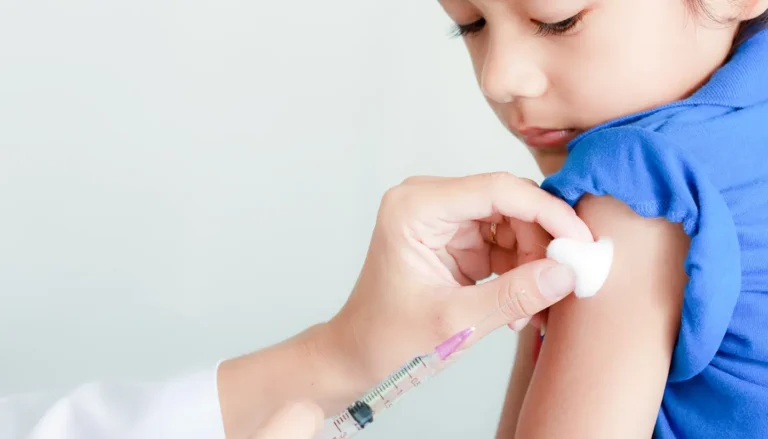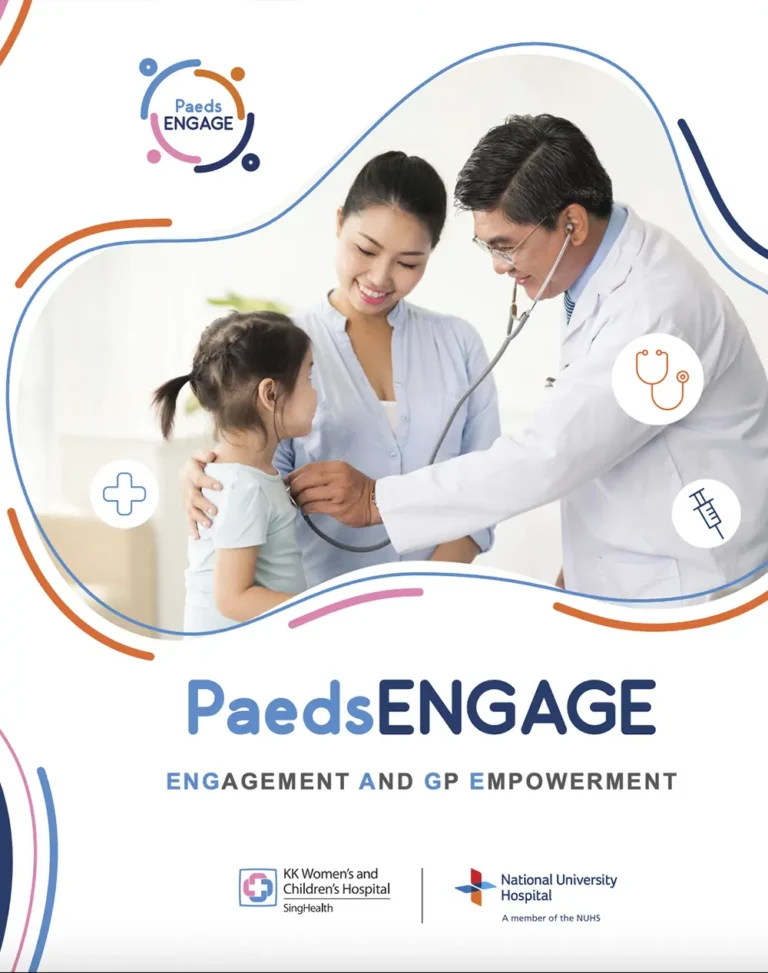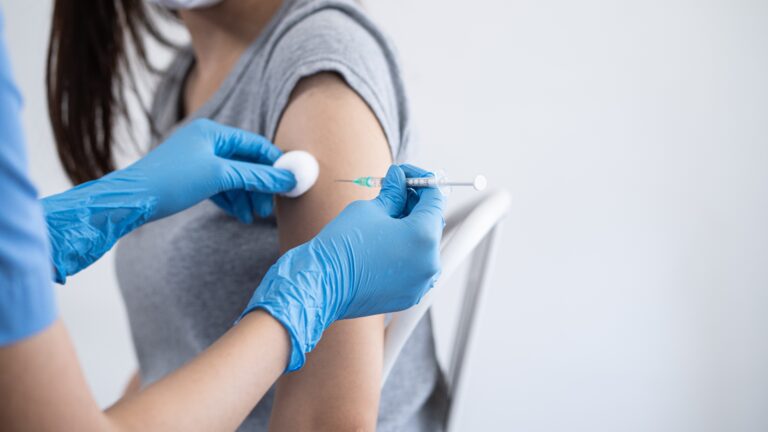Not sure whether to visit your GP or head straight to the A&E? Here’s a quick breakdown to help you make the right call — especially for issues that may require minor procedures or medical attention.
Why Start with Your GP for Non-Urgent Issues
In many situations, your family doctor (GP) is the best first point of contact — especially if the concern is non-emergency and developed gradually.
Go to your GP if your symptoms:
- Develop slowly over days or weeks
- Are manageable and not causing severe pain
- Don’t involve heavy bleeding
- Aren’t accompanied by high fever or sudden swelling
Your GP can:
- Assess your condition
- Recommend medication or aftercare
- Refer you to a specialist if necessary — without the long A&E wait
When the A&E Is the Safer Choice
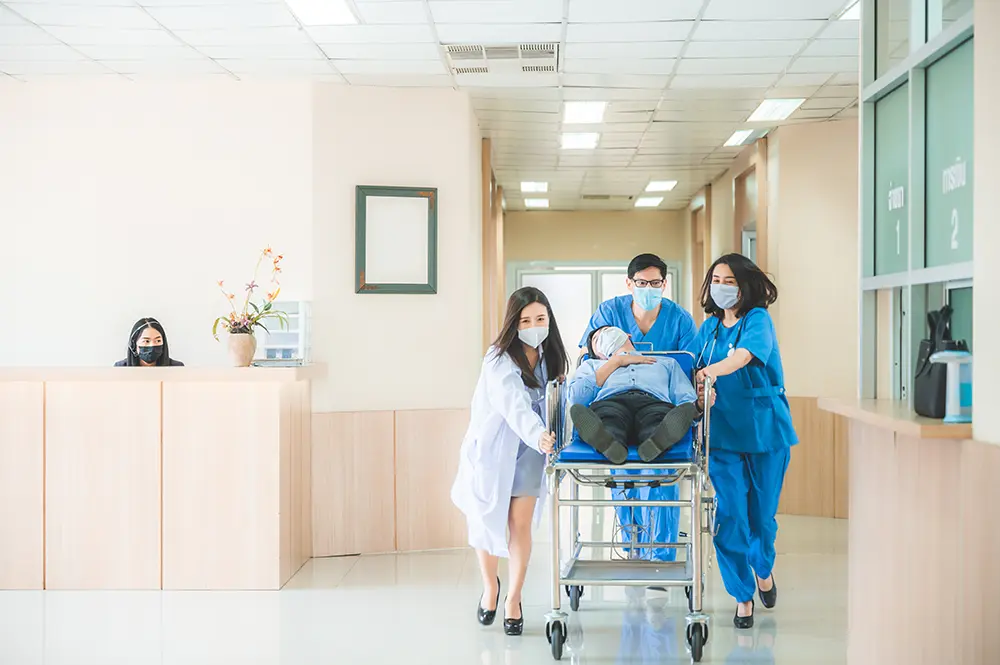
Some symptoms need urgent, hospital-based care. If something seems severe, sudden, or life-threatening, don’t wait — go straight to the Emergency Department.
Visit the A&E immediately if you have:
- Severe or rapidly worsening pain
- Heavy or uncontrolled bleeding
- Signs of a spreading infection (e.g. swelling, redness, heat, high fever, chills)
- Injuries from accidents, trauma, or major falls
- Trouble breathing or sudden chest pain
- Any situation that feels life-threatening or unsafe to delay
Why Choose Little Haven Family Clinic?
At Little Haven Family Clinic, we understand that children’s health needs vary and so do family dynamics. That’s why we offer:
- Both a PaedsENGAGE GP and Paediatrician under one roof
- A convenient family-friendly location, at City Square Mall
- A CHAS* and Baby Bonus* Clinic
- Care for entire family, from newborns to the elderly
📍 Find us at City Square Mall — family-friendly, centrally located, and open on weekends for your convenience. Book an appointment with us here.
*Awaiting MOH approval